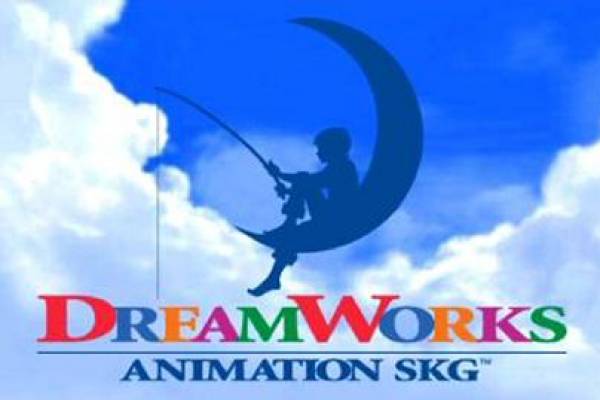Dreamworks 3D movie-making powered by HP
120TB of data and 9,000 cores are what's needed to create state-of-the-art 3D movies.


HP and Dreamworks have revealed key details of their technology partnership ahead of the launch of the new 3D movie, Monster and Aliens.
Speaking ahead of a preview of the movie in its theatre, Dreamworks' chief executive Jeffery Katzenberg and chief technology officer, Ed Leonard explained how much technical innovation goes in to the making of a 3D animated feature.
Leonard said that Dreamworks makes two films a year and with each one it, "pushed the envelope of what's possible".
Leonard also revealed that HP technology is used across the company, from its Halo video conferencing to its print services and its Dreamcolor monitor. Leonard explained how this 10-bit colour display was created in partnership with HP, as Dreamworks needed LCD displays that matched the colour calibration of its movie theatre, and for a fraction of the cost of its previous high-end CRTs.
Creating a 3D movie is also incredibly demanding in terms of technical resources. Derek Chan, head of digital operations for DreamWorks Animation revealed that hundreds of HPs xw8600 workstations were used in the development of the new Monsters and Aliens flick and that creating the final film took 45.6 million hours of rendering.
Chan said that Dreamworks' datacentre consisted of 9,000 cores arranged in racks of 500 cores used 18KW of power per rack. Chan then showed heat maps to show how it monitors and manages the heat distribution in the data centre.
Disk storage requirements were no less impressive, with the final film taking up 120TB of data with 6TB of data required for one of the most demanding single shots in the film, which he revealed as the mothership exploding.
Get the ITPro daily newsletter
Sign up today and you will receive a free copy of our Future Focus 2025 report - the leading guidance on AI, cybersecurity and other IT challenges as per 700+ senior executives
Dreamworks' 3D guru, Bill McNally said that creating a film in 3D was essentially twice as demanding as creating a conventional 2D film as two versions of every frame are required to create the 3D effect.
He added that 3D films would require the wearing of special glasses for the foreseeable future as this was shown to be the most cost effective method though screens that produce holographic images are possible but prohibitively expensive.
"When you see these holographic images you can't believe it's happening," he said.
Benny Har-Even is a twenty-year stalwart of technology journalism who is passionate about all areas of the industry, but telecoms and mobile and home entertainment are among his chief interests. He has written for many of the leading tech publications in the UK, such as PC Pro and Wired, and previously held the position of technology editor at ITPro before regularly contributing as a freelancer.
Known affectionately as a ‘geek’ to his friends, his passion has seen him land opportunities to speak about technology on BBC television broadcasts, as well as a number of speaking engagements at industry events.
-
 Why keeping track of AI assistants can be a tricky business
Why keeping track of AI assistants can be a tricky businessColumn Making the most of AI assistants means understanding what they can do – and what the workforce wants from them
By Stephen Pritchard
-
 Nvidia braces for a $5.5 billion hit as tariffs reach the semiconductor industry
Nvidia braces for a $5.5 billion hit as tariffs reach the semiconductor industryNews The chipmaker says its H20 chips need a special license as its share price plummets
By Bobby Hellard